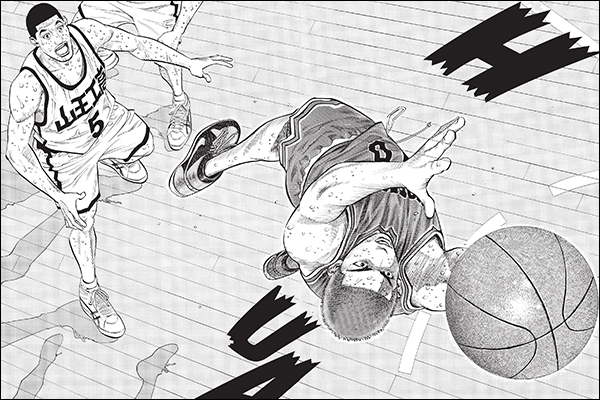memory
Cards (65)
- Define 'input'.
- Define 'processing'.
- Define 'output'.
- Define 'encoding'.
- Define 'storage'.
- Define 'retrieval'.
- What is meant by 'capacity' in memory?
- What is meant by 'duration' in memory?
- What is the capacity of STM?
- What is the duration of STM?
- What is the capacity of LTM?
- What is the duration of LTM?
- How is information in STM usually encoded?
- How is information in LTM usually encoded?
- What are the three main components of the MSM of memory?
- For each of the following components of the MSM, describe the capacity, duration, and type of encoding: Sensory Register, Short-Term Memory, Long-Term Memory
- What is the role of the sensory register in the MSM?
- In the MSM, what must happen for information pass from the SR to STM?
- According to the MSM, what must happen for information to pass from STM to LTM?
- Why does the MSM perhaps overstate the importance of rehearsal?
- How do Peterson and Peterson's (1959) research findings support the MSM of memory?
- How does the case of Clive Wearing undermine the MSM?
- What were the aims of Peterson & Peterson's study?
- What was the sample size in Peterson and Peterson's 'experiment part 1'?
- What were Peterson and Peterson's participants asked to try and remember?
- To prevent rehearsal, what were Peterson and Peterson's participants asked to do before recall?
- At what different 'intervals' was the recall of Peterson and Peterson's participants tested?
- What % of trigrams were recalled correctly after just 3 seconds by participants in Peterson and Peterson's study?
- What % of trigrams were recalled correctly after 15 seconds by participants in Peterson and Peterson's study?
- What did Peterson & Peterson conclude based on the results to 'experiment part 1'?
- What was the size of the sample in 'experiment part 2'?
- What were the two conditions or groups in 'experiment part 2'?
- What did Peterson and Peterson conclude based on their results in 'experiment part 2'?
- What are the 2 strengths of Peterson & Peterson's study?
- Why might Peterson & Peterson's study not tell us about how memory works in everyday life?
- What are the two types of amnesia called?
- What is the main difference between retrograde and anterograde amnesia?
- Describe the symptoms of retrograde amnesia.
- Describe the symptoms of anterograde amnesia.
- Six months ago, Barack suffered a head injury (he was struck in the head by a baseball). He can remember growing up in Hawaii, and he can remember getting married to Michelle; however, he cannot remember being elected President two years ago. What type of amnesia is Barack suffering from? Why?
